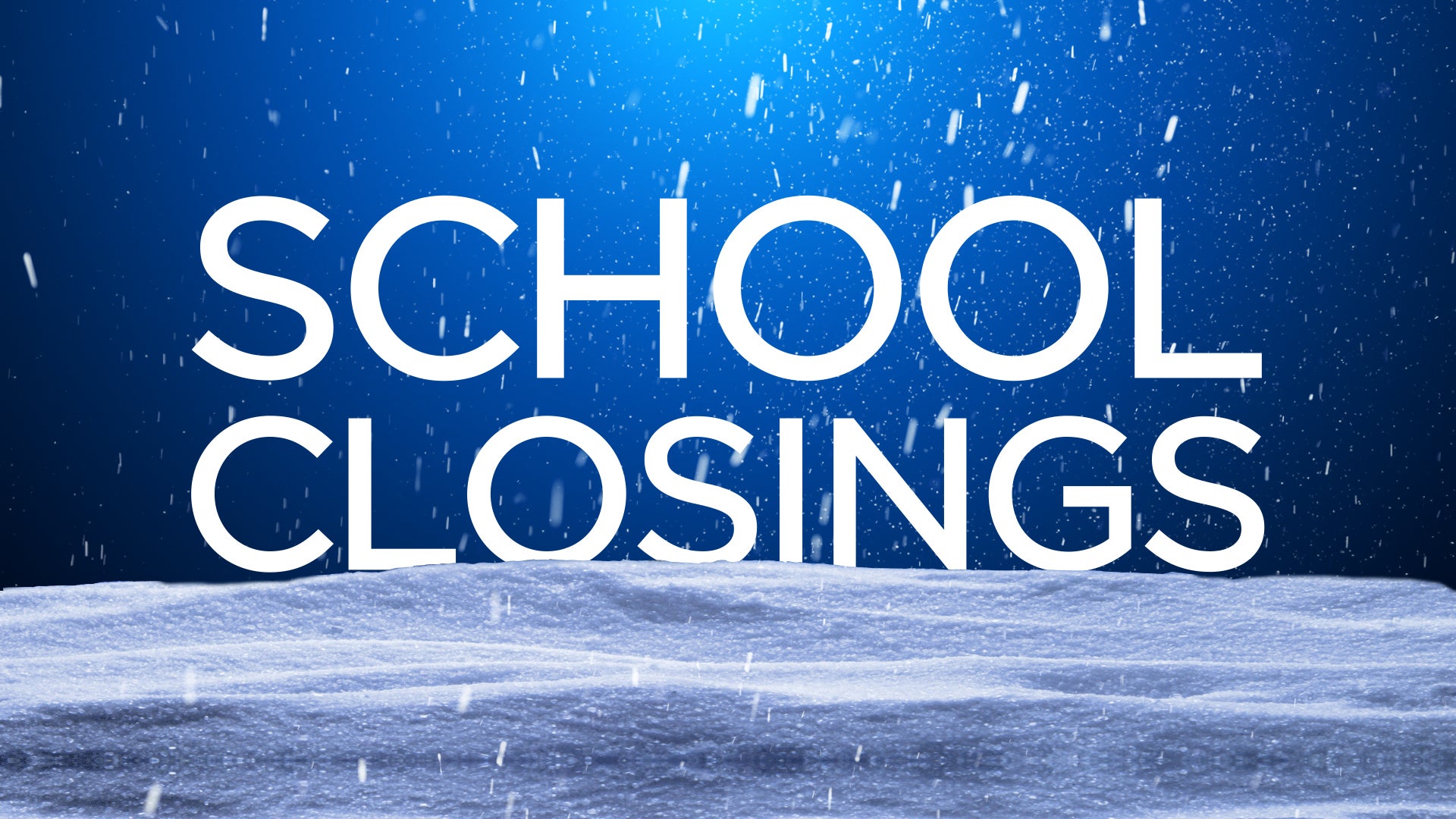Closings & Delays In Connecticut: A Complex Reality
Connecticut, a state known for its rich history, cultural diversity, and vibrant economy, has been grappling with a persistent issue that affects residents and businesses alike: closings and delays. Whether it be road closures due to construction, school cancellations prompted by inclement weather, or business disruptions caused by unforeseen circumstances, these events have become an integral part of the state’s landscape. This article aims to critically examine the complexities of closings and delays in Connecticut, exploring various perspectives, data points, and real-life examples to provide readers with a comprehensive understanding of this multifaceted issue.
Understanding the Causes and Impacts
Closings and delays can arise from a multitude of causes, ranging from weather-related events to planned infrastructure projects and unexpected emergencies. Weather conditions, such as heavy snowstorms, hurricanes, and thunderstorms, often necessitate the closure of roads and schools to ensure the safety of commuters and students. Planned construction and maintenance activities, aimed at improving infrastructure and providing long-term benefits, can also lead to temporary road closures and detours. Unforeseen circumstances, such as gas leaks, power outages, and accidents, can also disrupt daily routines, forcing businesses to close and residents to adjust their schedules.
The impacts of closings and delays are far-reaching, affecting individuals, businesses, and the economy as a whole. Road closures can lead to increased commute times, missed appointments, and delayed deliveries. School cancellations disrupt students’ learning schedules, impact parents’ work arrangements, and place a strain on childcare services. Business closures result in lost revenue, reduced productivity, and potential reputational damage. The cumulative effect of these disruptions can hinder economic growth, as businesses face operational challenges and consumers experience reduced access to goods and services.
Balancing Safety and Economic Needs
When making decisions regarding closings and delays, authorities and businesses are faced with the challenge of balancing safety concerns with economic needs. On the one hand, prioritizing safety is paramount, especially during severe weather events or hazardous road conditions. Closures and delays implemented with public safety in mind can prevent accidents, protect lives, and minimize potential damage. On the other hand, excessive or unnecessary closures and delays can have detrimental effects on the economy, leading to lost productivity, reduced consumer spending, and strained business operations.
Navigating this delicate balance requires a careful consideration of all relevant factors, including weather forecasts, traffic patterns, and the potential impact on businesses and residents. Striking the right balance is crucial to ensure the well-being of the community while mitigating economic disruptions.
Perspectives and Solutions
The issue of closings and delays has sparked diverse perspectives among stakeholders. Residents and commuters often express frustration over unexpected closures and delays, emphasizing the need for timely and accurate information to plan their schedules effectively. Businesses, particularly small businesses, voice concerns about lost revenue and the challenges of adapting to frequent disruptions. Transportation officials and emergency responders prioritize safety, advocating for proactive measures to prevent accidents and protect the public.
To address the complexities of closings and delays, various solutions have been proposed and implemented. These include:
- Enhanced communication systems to provide real-time updates on road closures, school cancellations, and business disruptions.
- Improved infrastructure and maintenance practices to minimize the frequency and duration of planned closures.
- Flexible work arrangements and remote work options to reduce the impact of school closures and weather-related disruptions.
- Collaboration between businesses, schools, and transportation agencies to develop contingency plans and mitigate the effects of closures and delays.
Conclusion
Closings and delays in Connecticut are a multifaceted issue with significant impacts on individuals, businesses, and the economy. Understanding the causes, impacts, and perspectives involved is essential to developing effective solutions. By balancing safety concerns with economic needs, implementing innovative strategies, and promoting collaboration among stakeholders, Connecticut can strive to minimize the disruptions caused by closures and delays while ensuring the well-being of its residents and the prosperity of its businesses.
The complexities of closings and delays are a testament to the interconnected nature of our society. Addressing this issue requires a collective effort, involving government agencies, businesses, schools, and the community at large. By working together, we can build a more resilient and responsive Connecticut, where closures and delays are managed effectively, minimizing disruptions and fostering a thriving environment for all.

